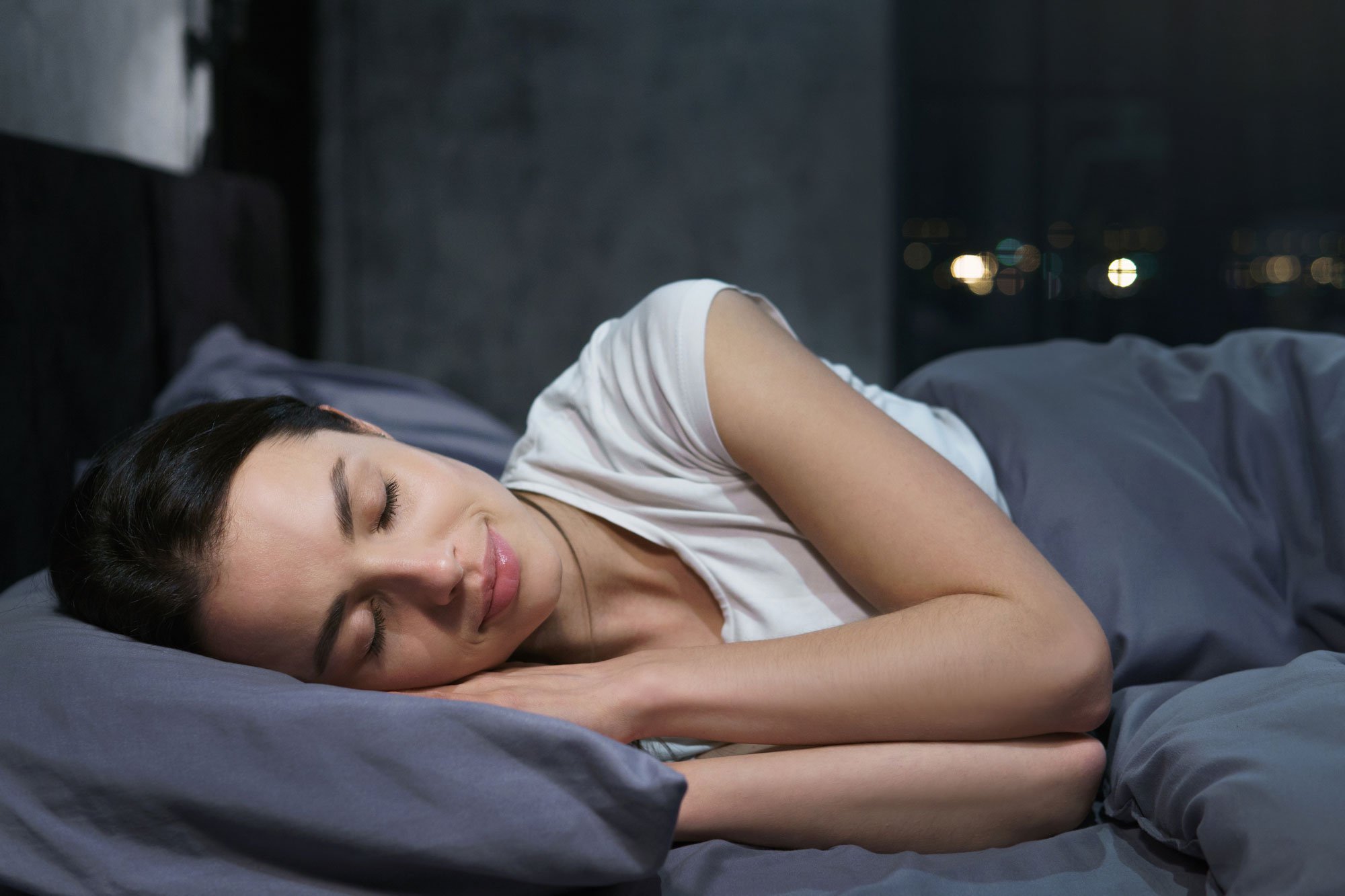
Certain occasions just have a way of sneaking up on you. Despite months of decorative displays and shopping deals, Christmas, for example, seems to always pop up way too soon after the Halloween pumpkins have started to turn. And if Valentine’s Day totally slipped your mind, it’s safe to assume you weren’t the only one buying last-minute roses at the grocery store. In addition to holidays and festive celebrations, there’s another sneaky occurrence that seems to stealthily show up on the calendar: Daylight Savings.
Whether you’re “falling back” (losing sunlight, gaining sleep), or “springing forward” (gaining sunlight, losing that precious hour of Zs), the change in time can be disorienting. The best way to stave off zombie-like behavior? Prepare for a reset. Here are 7 simple steps to revamp your sleep cycle so you can reset your clock and feel great during Daylight Savings and all the days in between.
1. Say no to blue light in the bedroom
Devices that emit blue light (think: your phone iPad, computer, and pretty much any screen you’re using) reset your circadian rhythm and suppresses production of the hormone melatonin, which helps control sleep-wake cycles. To avoid blue light-induced sleeplessness, try banning devices from the bedroom or at least using one of the many tech tools that can help reduce harm.
2. Establish a solid sleep schedule ahead of time
Going to bed and waking up at the same time (weekends included) is crucial to staying on track. Plan out your Daylight Savings sleep/wake schedule before the day hits, and slowly work your way up to it. For example, if your bedtime goal is 10 p.m., start slowly adjusting your current bedtime by 15 minutes each night until you hit 9 p.m. just before Daylight Savings — then when Daylight Savings hits, you’ll already be primed for that 10 p.m. curfew.
3. Cut the caffeine (or at least cut back)
Your daily cappuccino might be compromising your rest. To counteract the effects of too much buzz, make sure you’re sticking to less than 400 mg of caffeine (roughly the amount found in four cups of brewed coffee) per day, and if you’re still having trouble sleeping at night, cut that number down gradually and aim to drink the last drop before noon.
4. Get physical activity — but don’t overdo it late at night
Exercise can be great for getting better rest — walking for 150 minutes per week can even help people with insomnia get to sleep faster. But if you’re sweating it out just before bed and noticing your sleep is disturbed, consider shifting your workouts to a time that doesn’t directly impact your rest.
5. Relax your mind
Try some simple stretches or deep breathing to unwind at night. "Breathing exercises such as the "4-7-8 method" can help with relaxation and sleep” says One Medical’s Virgina Hall, NP. “To do this empty your lungs of air, breathe in quietly through your nose for 4 seconds, hold the breath for a count of 7 seconds then exhale forcefully, pursing your lips as though blowing out a candle, for 8 seconds. Repeat this at least 4 times."
6. Make your bedroom a true sleep sanctuary
We’ve all let laundry pile up, but try making your bedroom a truly zen environment. Invest in comfy sheets and pillows, consider blackout curtains, and make sure the temperature is just right (experts say between 60 and 67 degrees Fahrenheit is ideal).
7. Try a natural sleep aid
Taking a warm bath or having a warm caffeine-free drink (like chamomile tea) can be helpful in settling down and getting ready for bed.
Made the changes above and still struggling to get some shut eye? Before turning to over-the-counter sleep aids, it may be a good idea to check in with your primary care provider and discuss what is causing your insomnia.
Looking for more sleep tips and tricks or in need of a healthcare professional who can offer some personalized guidance? Book an appointment with one of our providers today.
The One Medical blog is published by One Medical, a national, modern primary care practice pairing 24/7 virtual care services with inviting and convenient in-person care at over 100 locations across the U.S. One Medical is on a mission to transform health care for all through a human-centered, technology-powered approach to caring for people at every stage of life.
Any general advice posted on our blog, website, or app is for informational purposes only and is not intended to replace or substitute for any medical or other advice. 1Life Healthcare, Inc. and the One Medical entities make no representations or warranties and expressly disclaim any and all liability concerning any treatment, action by, or effect on any person following the general information offered or provided within or through the blog, website, or app. If you have specific concerns or a situation arises in which you require medical advice, you should consult with an appropriately trained and qualified medical services provider.